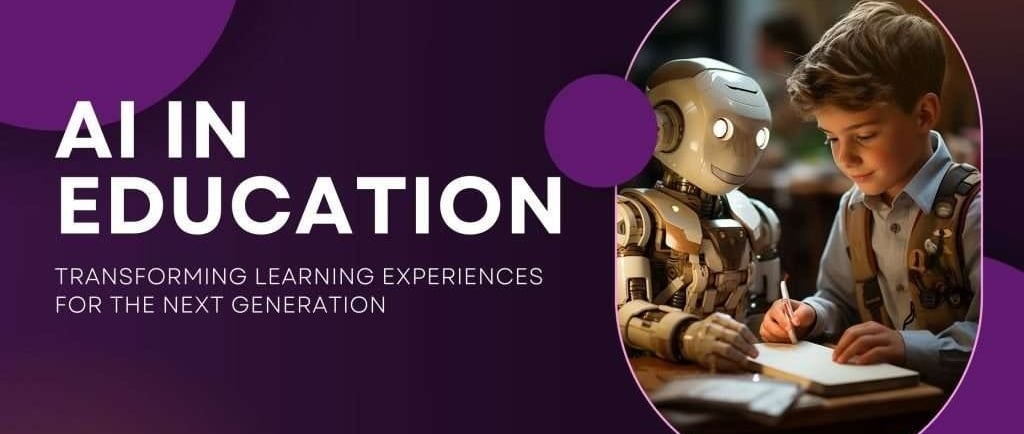The Role of AI in Modern Education: Transforming Learning for the Future
Artificial Intelligence (AI) is revolutionizing industries worldwide, and education is no exception. From personalized learning to automated grading
AI BLOGS


Introduction
Artificial Intelligence (AI) is revolutionizing industries worldwide, and education is no exception. From personalized learning to automated grading, AI is reshaping how students learn and teachers instruct. As technology advances, AI’s role in education continues to expand, offering innovative solutions to long-standing challenges.
This blog explores the impact of AI in modern education, its benefits, challenges, and future possibilities.
1. How AI is Transforming Education
Personalized Learning
AI-powered platforms like Knewton, DreamBox, and Squirrel AI adapt to each student’s learning pace, providing customized lessons and real-time feedback.
Automated Grading & Feedback
Tools like Gradescope and Turnitin use AI to evaluate assignments, reducing teachers’ workload and ensuring consistent grading.
Intelligent Tutoring Systems (ITS)
AI tutors such as Carnegie Learning and IBM Watson Tutor offer one-on-one assistance, helping students master subjects like math and science.
Enhancing Accessibility
AI-driven tools like Microsoft’s Immersive Reader and Google’s Live Transcribe assist students with disabilities, making education more inclusive.
2. Key AI Technologies in Education
Natural Language Processing (NLP)
Powers chatbots like ChatGPT for instant student support.
Helps in language learning apps like Duolingo.
Machine Learning (ML)
Analyzes student performance data to predict learning gaps.
Used in adaptive learning platforms like ALEKS.
Computer Vision
Enables AI-based proctoring in online exams (Proctorio, ExamSoft).
Helps in digitizing handwritten notes (Google Lens, OCR tools).
Predictive Analytics
Identifies at-risk students for early intervention.
Universities use AI to improve student retention rates.
3. Benefits of AI in Education
✅ Personalized Education – Tailors learning paths for individual students.
✅ Efficiency for Teachers – Automates administrative tasks like grading.
✅ 24/7 Learning Support – AI chatbots answer student queries anytime.
✅ Data-Driven Insights – Helps educators refine teaching strategies.
✅ Cost-Effective Solutions – Reduces the need for physical resources.
4. Challenges & Ethical Concerns
⚠️ Data Privacy Risks – AI collects student data, raising security concerns.
⚠️ Bias in Algorithms – AI may reflect human biases in grading or recommendations.
⚠️ Job Displacement Fears – Will AI replace teachers? (Unlikely, but roles may evolve.)
⚠️ Over-Reliance on Technology – Balancing AI with human interaction is crucial.
5. The Future of AI in Education
🔮 AI-Powered Virtual Classrooms – Immersive VR/AR learning experiences.
🔮 Lifelong Learning Assistants – AI mentors guiding career upskilling.
🔮 Global Classroom Access – AI breaking language barriers in education.
🔮 Emotion-Sensing AI – Detecting student frustration or disengagement.
Conclusion
AI is not replacing teachers but empowering them with smarter tools. The future of education lies in a human-AI collaboration, where technology enhances learning while maintaining the irreplaceable value of human mentorship.
As AI evolves, schools and policymakers must ensure ethical AI use, data security, and equitable access to prevent a digital divide.


